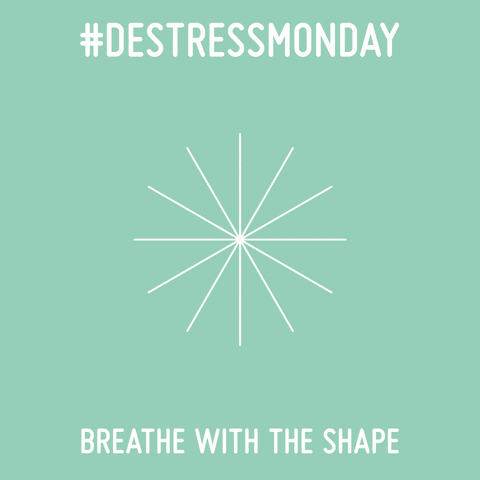Anyone looking to start the journey in Yoga is always faced with doubts about the different teaching lineages of this ancient practice. To clarify, we need to start back there, explaining how Yoga came about. Know that this method began as an introspective discipline, through meditation, in the pre-classical period, recorded in the Vedas (Rig-Veda), the Hindu sacred scriptures of more than 6 thousand years. In Classical Yoga, we have the records of Patañjali's Sutras, written between the 3rd and 5th centuries CE, still referring to a more meditative Yoga, Raja Yoga. Various branches have emerged on different paths to reach the highest state of consciousness, such as Karma Yoga (path of action), Jnana Yoga (path of wisdom), Bhakti Yoga (path of devotion) and Mantra Yoga (Yoga of Recitation). ).
Hatha Yoga arrives in the Medieval period and is the basis for all lineages that work with the body as a means of transcending. Its origins lie especially with Gorakhnath, the legendary 11th century founder of the Kanphata Yogis, an order of ascetics from India who worship the Hindu deity Shiva, considered the patron of Yoga. This technique developed as a tantric method that aims to awaken energy using physical force. Swami Satyananda Saraswati describes the main purpose of Hatha Yoga in the introduction to Hatha Yoga Pradipika as “create an absolute balance of the interactive activities and processes of the physical body, mind and energy”. Yogis began to travel to the western world in the late 1880s and brought out of marginality the practice that had previously been developed only by ascetics.
In the course of human evolution, and because of the different individual ways of being, many methods were developed in order to improve and adapt the practice to expand learning according to the new times. Although Hatha Yoga has branched out into many styles and schools of practice, the main goal has always been to achieve unified consciousness. The ultimate achievement of Yoga is resting in a state of full non-dual awareness, in which you are in a state of connection with all that exists.

Before you start looking, be clear about what you are looking for in Yoga: improve the life quality? Fighting stress, anxiety or depression? Practice physical training? Achieve self-knowledge? If you are looking for a challenging and energetic activity, you can look for lines like Power Yoga, Ashtanga and Vinyasa Flow, which work the body with intensity. If you are looking for Yoga Therapy, look for a light class with asanas, pranayama and relaxation, such as classic Hatha Yoga, Yin Yoga, Kundalini Yoga or Integrative Yoga, for example. If you are looking for greater relaxation, try Laya Yoga or Restorative Yoga. If you want to focus on aligning postures, try Iyengar Yoga.
You may also like
- Balance your body and mind with a Yoga Retreat
- Study what is the concept of Yoga
- Surprise yourself with 8 reasons for men to practice Yoga
I cite here just a few of the hundreds of ramifications. The important thing is to point out that different forms of Yoga do not give the same results with the same people. Identifying with the teacher and feeling welcomed by him also makes a difference. Someone may recommend you a teacher considered the best, but at the time of practice, you may not feel in tune with him to move forward. Also keep in mind that there is no one lineage of Yoga that is better than another. Each method adapts to different goals. The best Yoga is the one that works for you. Feel your heart and practice what is good for you, without judgment.
Tips for choosing a Yoga strain:
- Talk to the teacher to learn about his training.
- Talk about your goals and special care (physical restrictions, for example).
- Observe how you feel in the environment and while conducting the class.
- See if you identify with the instructor's proposal or the type of Yoga.
The different lineages of Yoga can also bring different guidelines for the alignment of postures, the naming of the postures and the philosophy behind the tradition you choose to follow. Your teacher must be truthful and respectful, have leadership without authoritarianism, know how to listen and respond, and, above all, have compassion. Be wary of teachers who consider their practice the best and openly criticize other philosophical lines or branches. Yoga, as the name implies, is "to unite". Choose what is good for you and brings you a state of connection with everything that exists.

























